|
Rob's favorite painting The Iceberg by Church. The permanent collection is free but tonight was the sneak preview for the Mexico 1900-1950 Exhibition but it was members only so we bought a membership and we got free parking, two tickets to the Nature in Art exhibition, and a 10% discount to the gift shop. They allow photos (no flash) of most of their collection and I took lots of them. Art and Nature in the middle agesFrom the DMA website: Spanning the 12th to early 16th centuries, Art and Nature in the Middle Ages explores the diverse modes of expression and variety of representations of nature in European medieval art, whether plant or animal, sacred or profane, real or imagined, highlighting the continuities and changes. The exhibition, featuring work from the Musée de Cluny, Musée national du Moyen Âge, Paris, and on view exclusively at the DMA in the United States, presents more than 100 extraordinary objects, rarely before shown in the United States, that reflect the wide range of styles, techniques, and iconography that flourished during this period. The featured works of art—which include an astonishing array of media, from stained glass windows to illuminated manuscripts—emphasize the fundamental bond between humans and nature, and nature’s constant presence in the immediate environment and spiritual life of men and women in the Middle Ages. Mexico 1900-1950: Diego Rivera, Frida Kahlo, Jose Clemente Orozco, and the Avant-GardeFrom the DMA website: This major exhibition exploring 50 years of Mexican modern art will make its first and only stop in the US at the Dallas Museum of Art following its successful presentation at the Grand Palais, Paris. Organized in collaboration with the Secretaría de Cultura de México, México 1900–1950: Diego Rivera, Frida Kahlo, José Clemente Orozco, and the Avant-Garde highlights new narratives in Mexico’s modern art history. This sweeping survey, the result of a combined cultural endeavor between Mexico and France, features almost 200 works of painting, sculpture, photography, drawings, and films that document the country’s artistic Renaissance during the first half of the 20th century. The traveling exhibition showcases the work of titans of Mexican Modernism alongside that of lesser-known pioneers, including a number of rarely seen works by female artists, to reveal the history and development of modern Mexico and its cultural identity. México 1900–1950 showcases how Mexican 20th-century art is both directly linked to the international avant-garde and distinguished by an incredible singularity. The exhibition features work by Diego Rivera, Frida Kahlo, José Clemente Orozco, Ángel Zárraga, Tina Modotti, and David Alfaro Siqueiros, among others. México 1900–1950: Diego Rivera, Frida Kahlo, José Clemente Orozco, and the Avant-Garde will require a $16 special exhibition ticket Waxed: BAtik from JavaWe actually saw the Batik exhibit last and by that time our phones were dead from taking all the photos from earlier, so some of these are straight from the DMA website. From the DMA website: Drawn from the DMA’s collection, Waxed: Batik from Java presents a selection of Javanese batik made in the West and Central regions, where the main batik production was centered during the 19th and early 20th centuries. Batik is a wax-resist process for dye-decorating cloth. In Indonesia, batik is especially associated with the island of Java. The DMA batik collection was established in 1982 with a gift of eight cloths that were collected before 1930. They were donated by Jerry Bywaters, DMA Director from 1946 to 1964, and his wife, Mary, in memory of Paul and Viola van Katwijk. A second installation of these cloths will be presented in March 2017. Focus Installation Admission is FREE. Images: Woman's Sarong, 1910, Indonesia: Java, Pekalongan, batik on commercial cotton, Dallas Museum of Art, gift of Mr. and Mrs. Jerry Bywaters in memory of Paul and Viola van Katwijk 1982.283; Wraparound skirt (kain panjang): cloud design (megamendung), c. 1910, Indonesia: Java, Cirebon, handdrawn batik on commercially woven cotton, Dallas Museum of Art, Textile Purchase Fund, 1991.58; Cap, 20th century, Indonesia, Java, copper, iron, and wax residue, Dallas Museum of Art, Textile Purchase Fund, 2016.12.3; Headcloth with composite plant design (semen), 1920–1929, Indonesia: Central Java, cotton, batik, Dallas Museum of Art, gift of Silas R. Mountsier III from the collection of Nora E. H. Wise and in her honor, 1994.293; Woman's Kain Panjang (Skirt Cloth), 1930, Indonesia: Java, north coast, batik on commercial cotton, Dallas Museum of Art, gift of Mr. and Mrs. Jerry Bywaters in memory of Paul and Viola van Katwijk, 1982.284 The link above is to the DMA project in conjunction with UNT students and their professor Lesli Robertson, who went to Java to research how they make traditional batik. They produced the eight samples that hang in the exhibit to demonstrate the stages of waxing and dyeing. Random things
1 Comment
Rob found out through following Christopher Moore on Twitter, that he would be appearing at The Odessa Shakespeare Festival March 3-5. Tickets to see Christopher Moore would be free and the company of Texas Shakespeare Festival would be performing Shakespeare's Greatest Hits on Friday at 2 and Romeo and Juliet that night at 7:30 with A Conversation with Christopher Moore in between at 5 all at Odessa's reproduction of The Globe Theatre on the campus of Odessa College. Tickets were only $10 per play. Luckily for us all our kids would be spring breaking elsewhere so we bought our tickets online Thursday night and jumped in the car Saturday morning and left. Globe TheatreWhen Marjorie Morris was teaching English to Odessa High School seniors class of 1948, she had the idea to build a globe theatre in West Texas, an idea she never let go of. She embarked upon the journey to obtain her Master's Degree from North Texas State University and as part of the research for her thesis, went to England to study the original Globe at the University of Birmingham, England, as well as the Folger Shakespeare Library in Washington, DC. After earning her MA in 1950, she was hired by Odessa College to teach English. She managed to get them to donate land for her Globe as well as an architect to donate his time and talent. She then began her campaign of fundraising. An elderly member of the Juliet Society (volunteer ushers but think church altar guild members) confided to me that she had been a student in Mrs. Morris' class during this period of continual fundraising, and that although she was, at the time,a single working mother just trying to pay her tuition and finish her education, Mrs. Morris even went so far to as hound her own students until they donated whatever they could, Construction began in 1958. It took ten more years to realize the vision of that day, but the Globe of the Southwest opened its doors in the summer of 1968 with its first Shakespeare Festival, importing professional actors from New York to grace its stage. Talk about a woman who persisted. Not content to stop there, she then caused a replica of Anne Hathaway's house to be built next door, which served as the library. She was named Teacher of the Year by Odessa College in 1961 and ended up teaching there for 20 years. She died in 2001 and was memorialized with much pomp and circumstance and buried with more titles and awards than you can shake a stick at. Christopher MooreChristopher Moore was awesome. He wore light up shoes and gave us a copy of the audio book of Serpent of Venice because we drove 5 and a half hours to see him. He talked for an hour about Fool, Practical Demonkeeping, The Island of the Sequined Love Nun. He told a lot of funny stories about his writing process and using his vacations as tax deductible research for his books. My favorite story was about how he was so poor back in the early 1990's after he moved to LA that he didn't have a computer so he hand wrote out chapter after chapter of Practical Demonkeeping in a bunch of spiral notebooks that he would then go make two Xerox copies of and wrap in tinfoil and hide in his freezer and his friend's freezer in case of fire. He autographed our copies of Fool and Serpent of Venice, as well as the graphic novel he wrote called Griff, that we bought there. He says it's terrible but we're completists. I find it odd that all of his books have been optioned for movies but no one has actually made any of them yet, including the first one, Practical Demonkeeping, that was optioned before he'd even sold it to a publisher. The PlaysShakespeare's Greatest Hits was our seven actors doing a few scenes from his more famous plays: Hamlet, Othello, Taming of the Shrew, Julius Caesar, and A Midsummer Night's Dream. It was written to be performed for schools to teach people about Shakespeare. The actors talked about music in the show, themes, and all the words and phrases that Shakespeare coined in between each scene. There was a talk back after the show as well so that you could ask questions. They revealed that they'd been cast for the touring company from video auditions submissions, which there were over 200 for a 5 week engagement. They rehearsed these three shows for exactly two weeks and then went on the road. They've been touring these shows to mostly schools and this appearance in Odessa was their last show together. In addition to acting roles in three shows, each of the seven is responsible for one area of tech: costumes, props, lights, sound, music, sets, and stage management. Romeo and Juliet was done with the same seven actors playing all the roles. They used jeans and T-shirts for their base costumes and then added period pieces on top to signify which role they were currently playing. it worked very well. Of course they cut the script fairly heavily, but I didn't really miss anything they cut out. They performed The Princess and the Players on Sunday matinee, but we didn't stay for that. We had many other things we wanted to fit in instead. STonehenge replicaOn the campus of UT Permian Basin. It was built in the summer of 2004 by stoneworkers Connie and Brenda Edwards. It took only 6 weeks to build. It's made of limestone and is astronomically accurate. Although the stones are not exact replicas of the original stones, they are the same dimensions at the base, they are just slightly shorter than the originals. Rob took a lot of artsy photos. Ellen NoeL Art MuseumAlso on the campus of UT Permian Basin. It is free. It has a permanent collection and two galleries for travelling exhibits. We saw Spirit Lines: Helen Hardin's Etchings and Nocona Burgess' American Indian Cowboy Permanent collectionhelen hardinNocona BurgessMeteor Crater63,500 years ago, a meteor hit what is now Odessa and left a 550' diameter 100' deep crater. It is the second largest impact crater in the US, the first being in Arizona. The WPA excavated an 8'X12' shaft in the 1940-41 to study the crater. The shaft went down 165 feet but found no meteorite buried in the earth. Later study revealed that the meteor had vaporized on impact. Smaller meteorites have been recovered from the area with the largest being over 300 lbs. The crater has since slowly filled in with silt and other debris and currently sits only 15 feet below the surrounding ground level. George Bush's HouseThe Rotary club of Odessa purchased and restored the Bush family's house in 2004 and it now sits on the campus of UT Permian Basin, right behind the Ellen Noel Art Museum. The Bush family rented it when it stood on 1315 E. 7th St. in 1948 while Bush Sr. was working in the oil fields. You can't see it in the photo, but there's a small bronze statue of baby George riding his tricycle in the yard. Robert E. Howard's houseRobert E. Howard lived and died in this house in Cross Plains, Texas while he was writing stories about his most famous character, Conan the Barbarian. It has since been purchased, restored, and turned into a museum by Project Pride in 1989. There are no regular hours, you have to call in advance to set up a tour, 254-725-6562 or 254-725-4993, which we did not do because we had no idea we'd end up going through Cross Plains on our way home from Odessa. We got off I-20 to eat supper and wound up quite a ways from the highway so Google Maps took us home a different way. We got to Cross Plains about 8pm. It's on the corner of Hwy 36 (which becomes 5th street through town) and Avenue J. GPS took us right to it in the dark. We just pulled over, got out of the car, and snapped some photos. They have a festival dedicated to him in June called Barbarian Days. It's always the second weekend in June. Someone has even made a movie about the phenomenon. World's largest jackrabbitThis was just silly, but since it was on our "Things to do and see in Odessa" pamphlet that we picked up at our hotel, we just had to track it down. wind turbines in west texasI first saw these on my way out to California in 1993. Apparently Texas has them too now. West Texas is just a forest of them. I took these photos from the car while Rob was driving us back home. This photo was taken in between Odessa and Abilene.
|
CategoriesArchives
July 2024
|

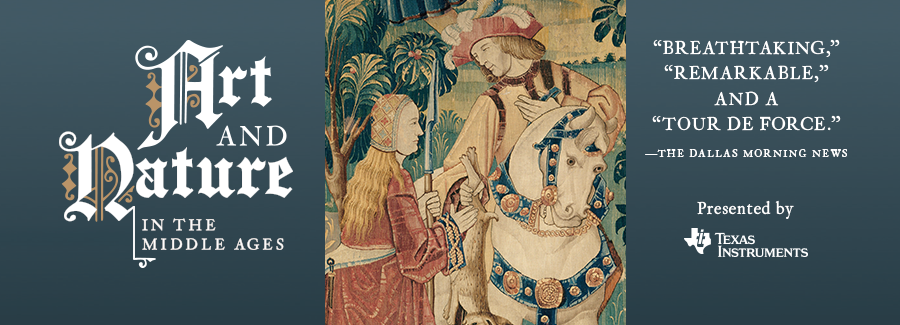





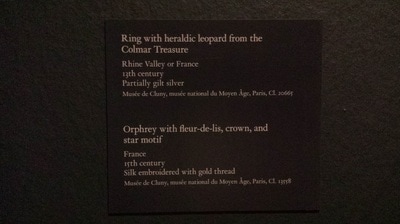









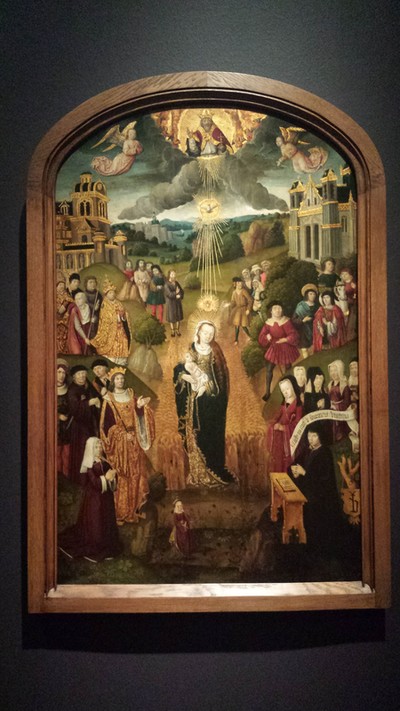
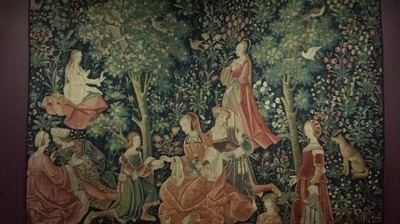









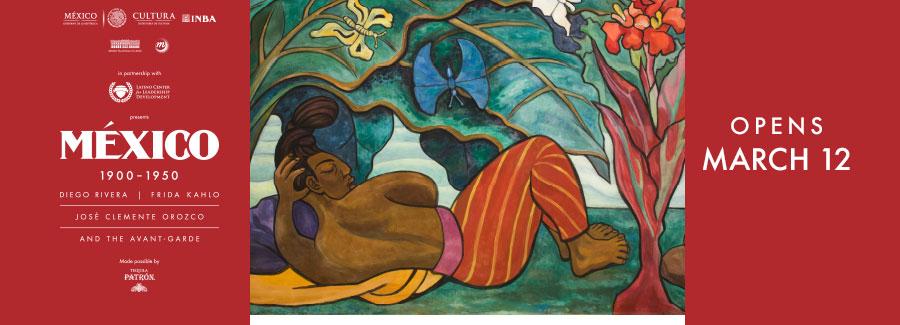




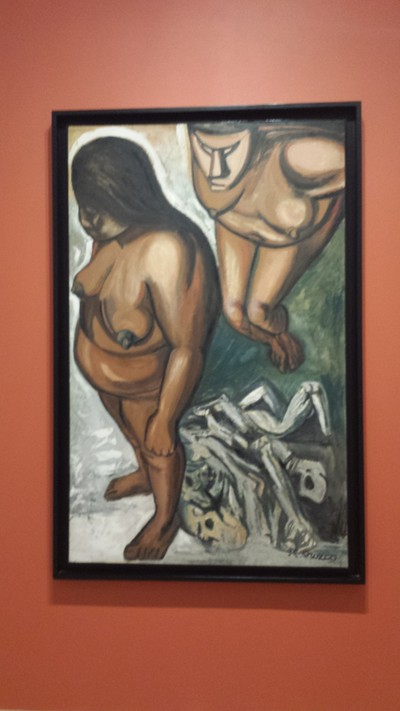













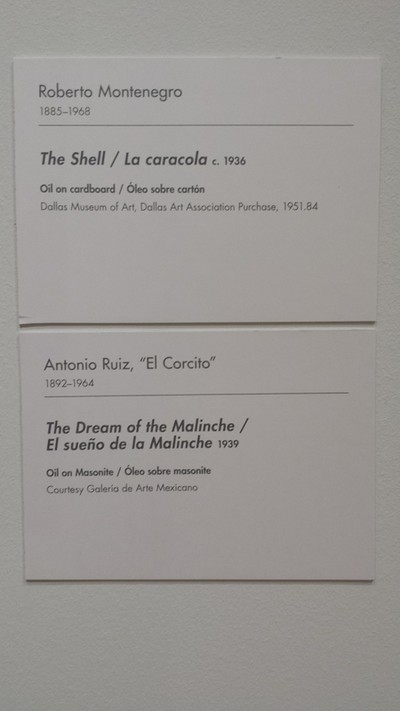







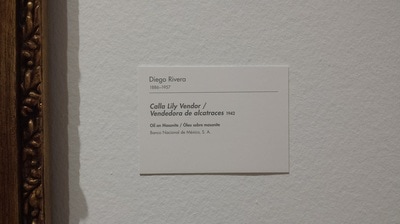



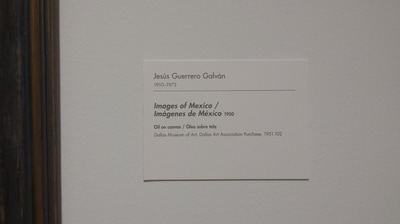


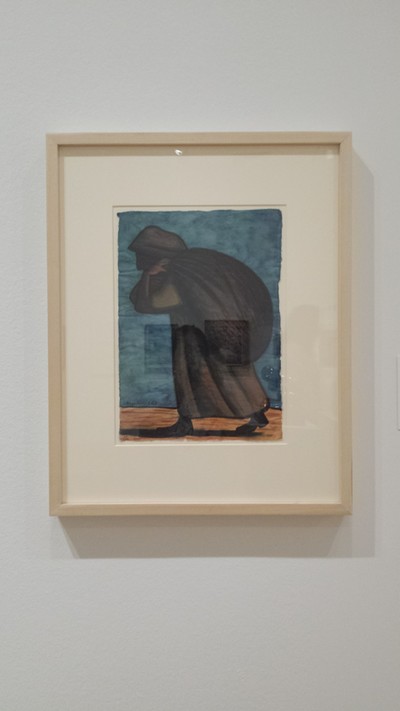










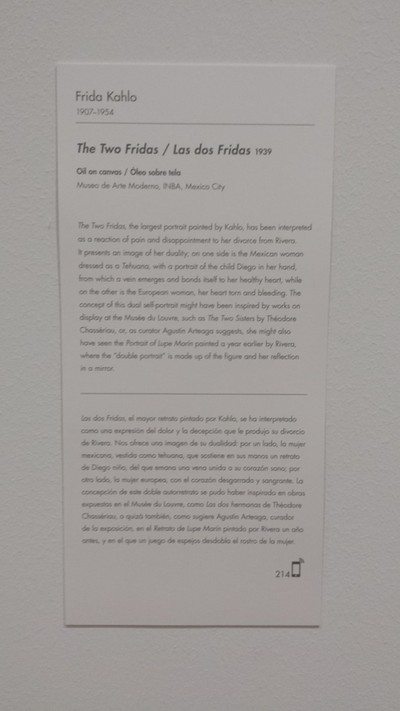
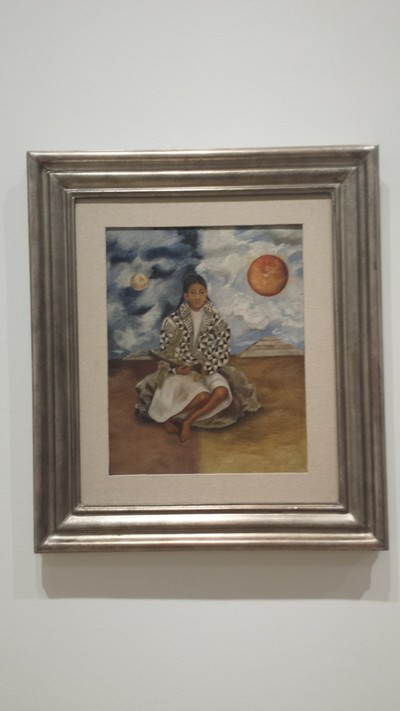









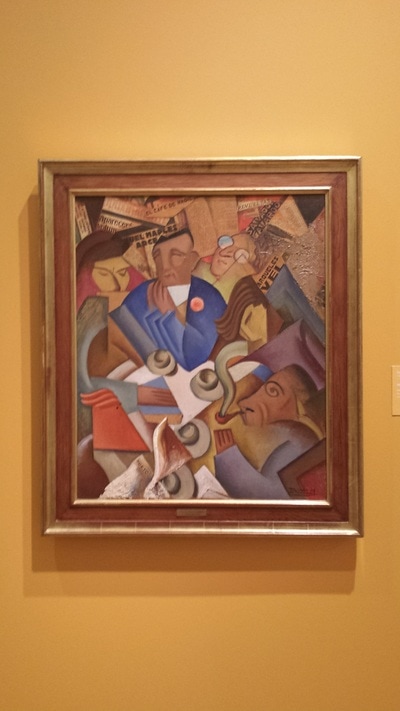

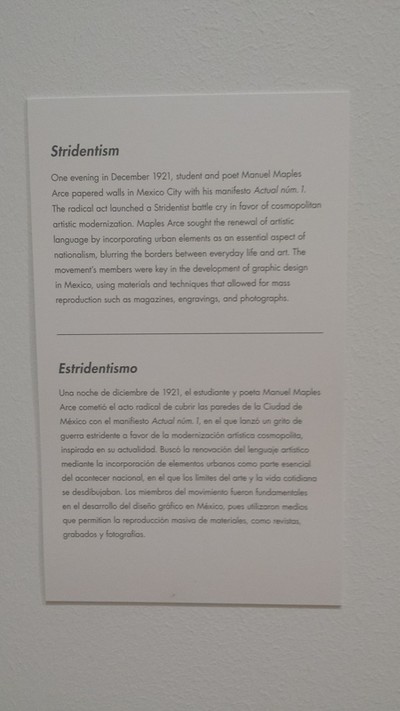










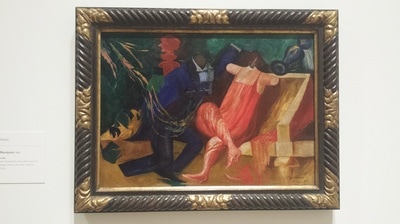



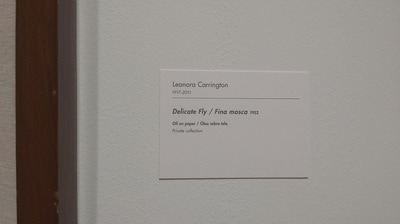


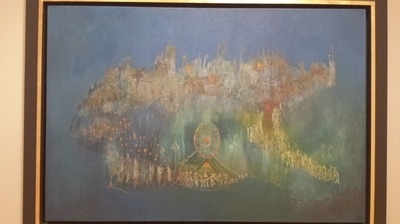






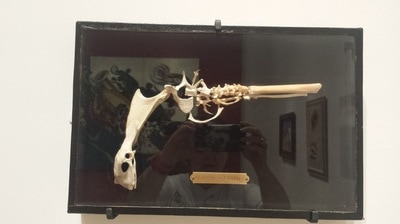

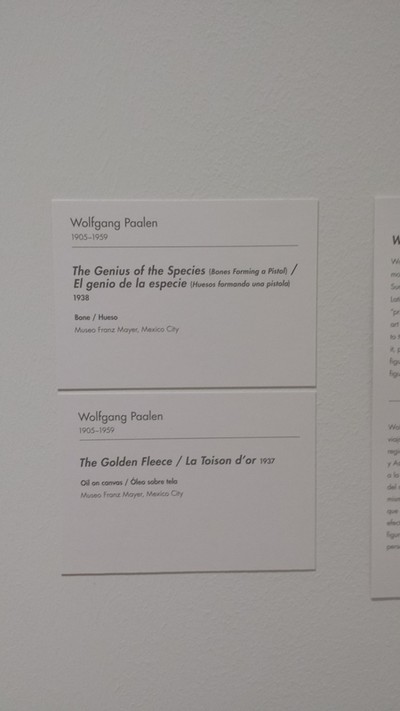


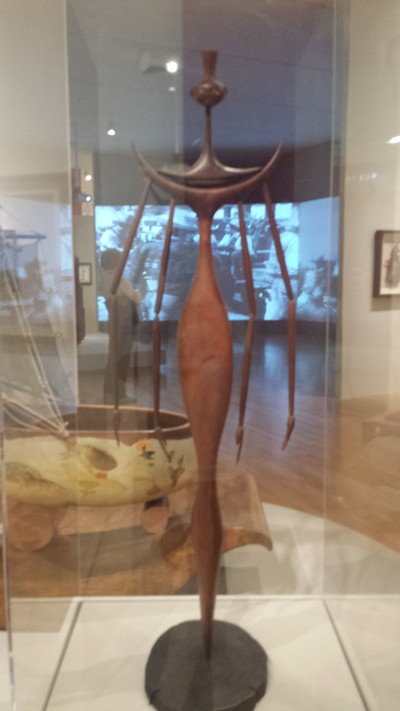

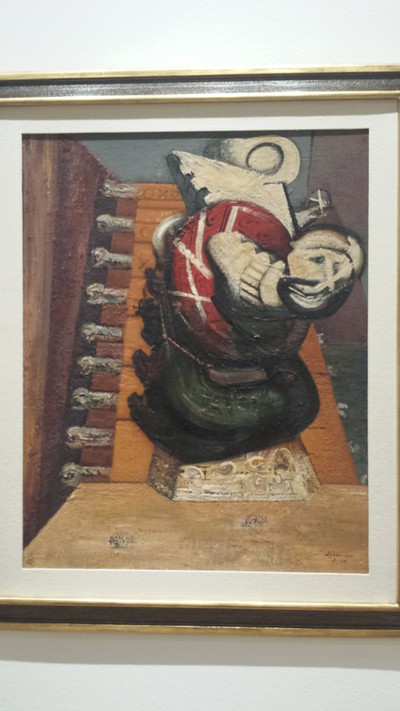

















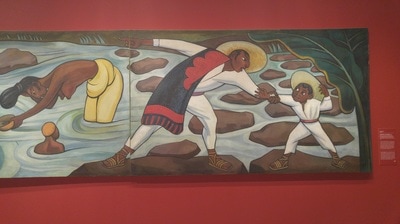

















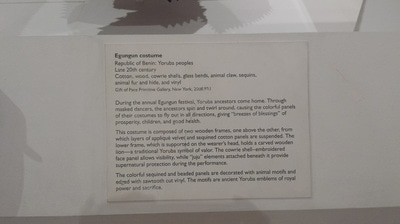
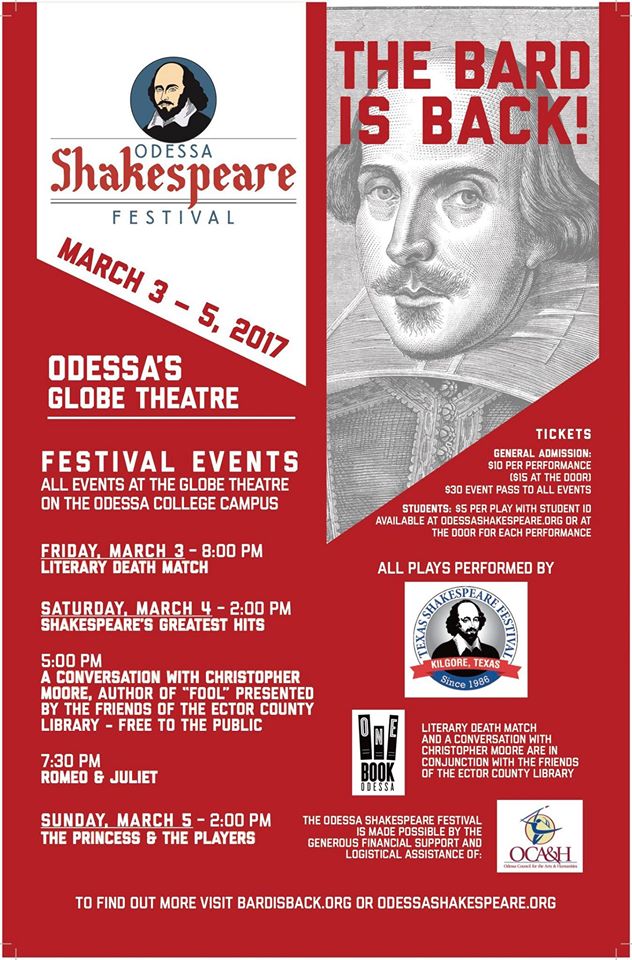






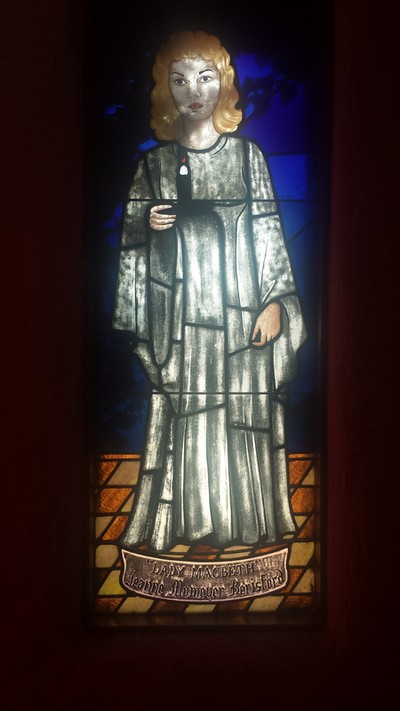



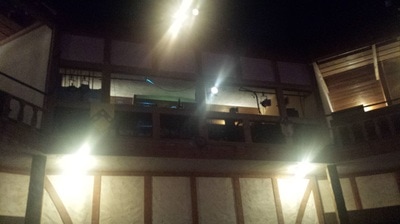

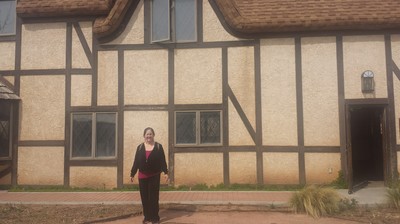











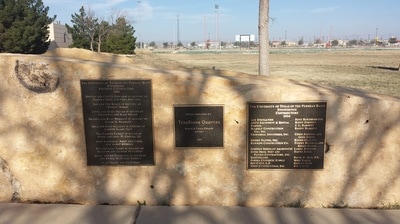



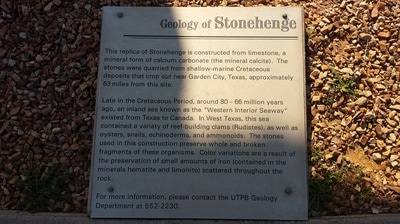


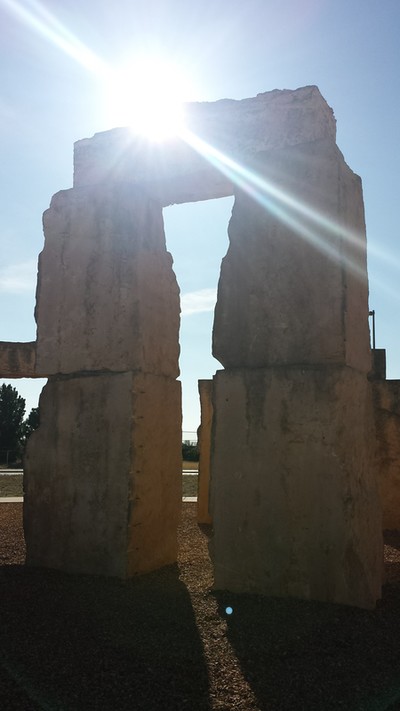
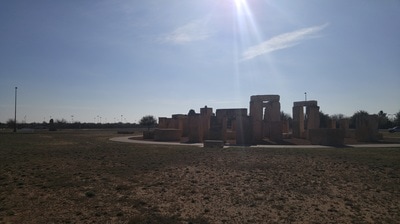







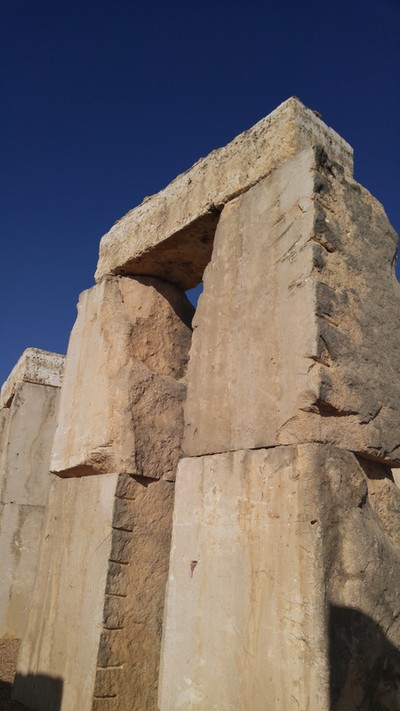

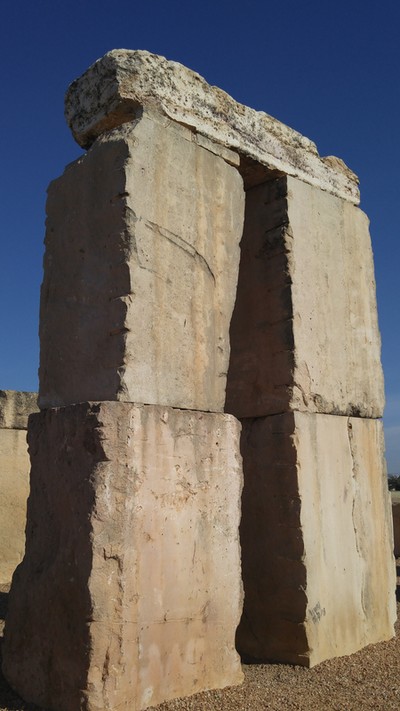





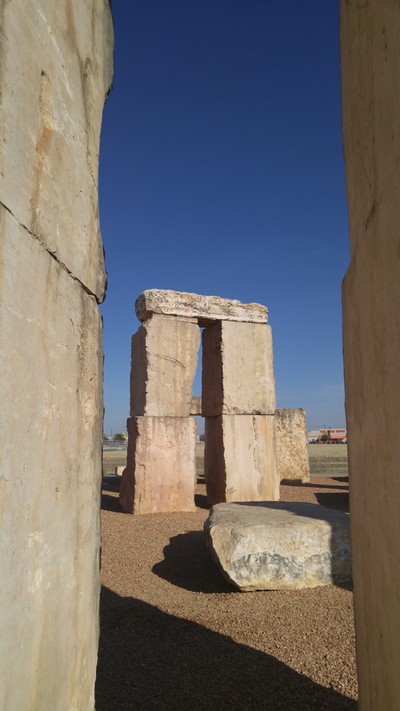
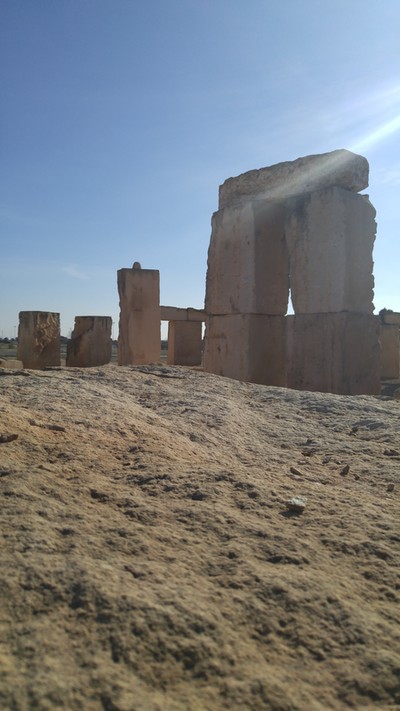


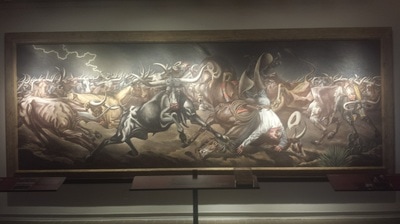
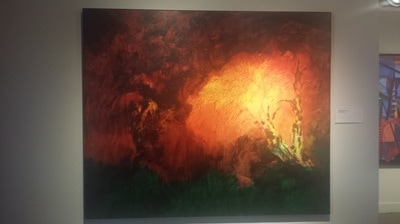









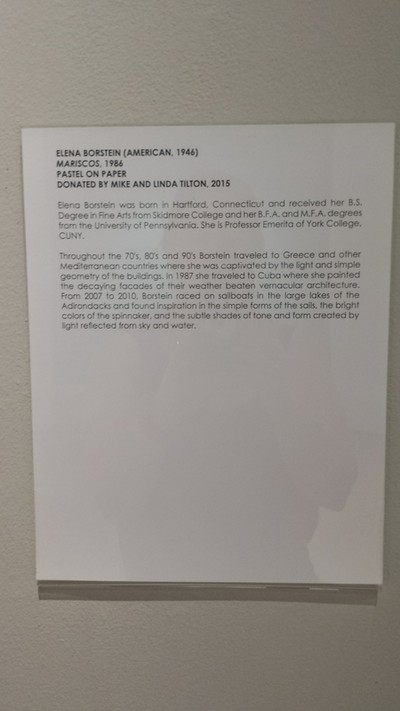


















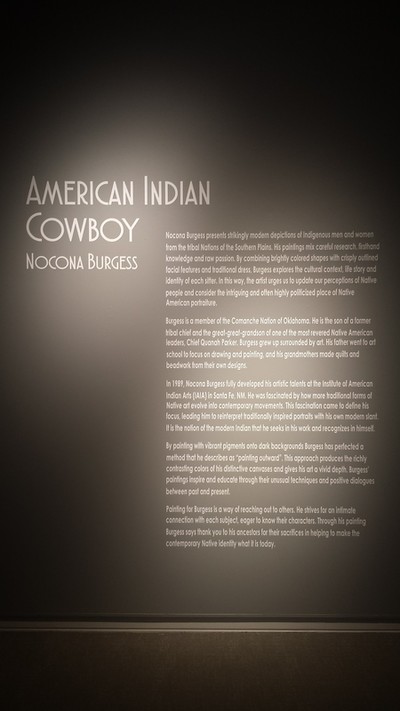
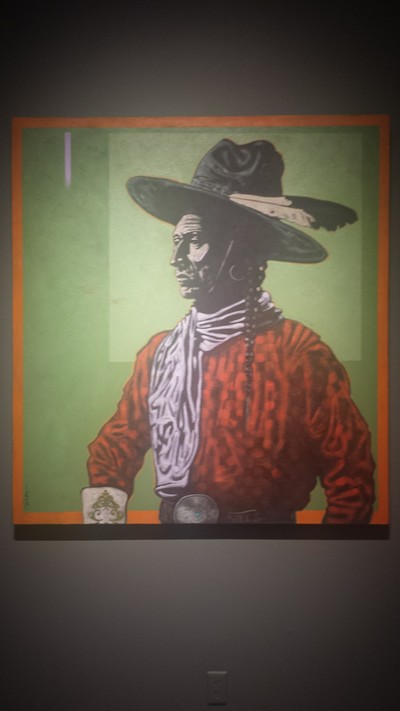

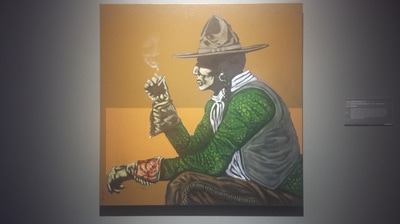
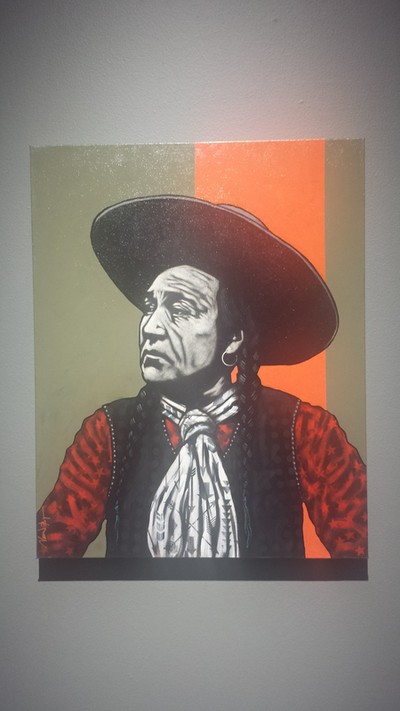
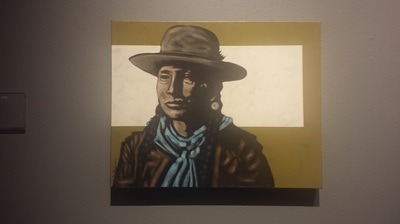


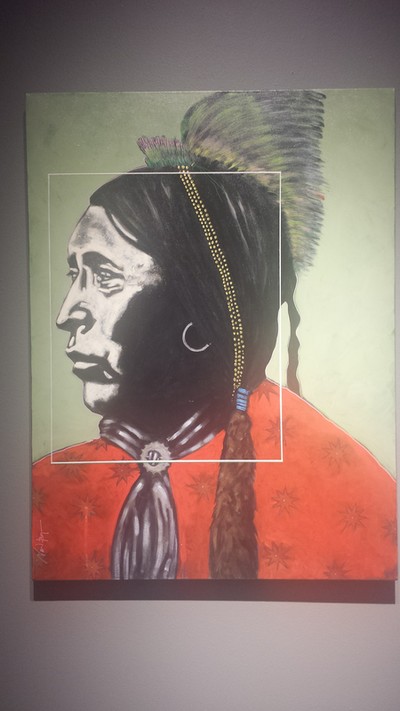
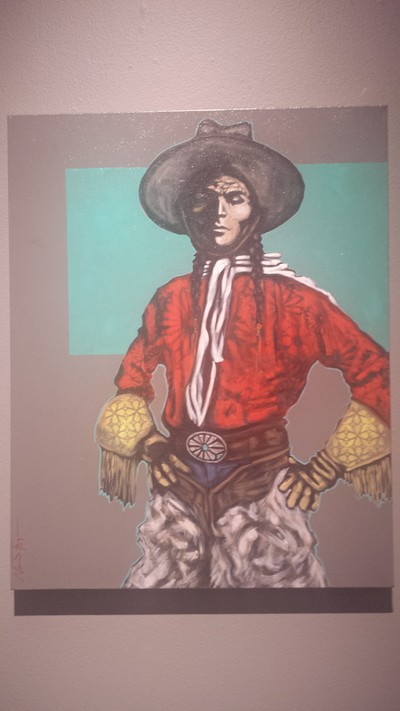






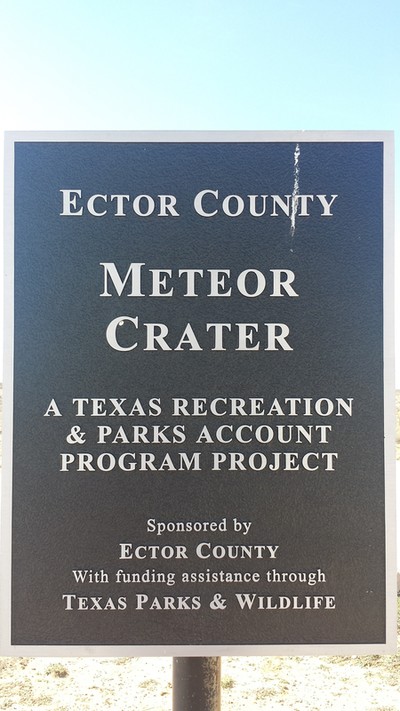







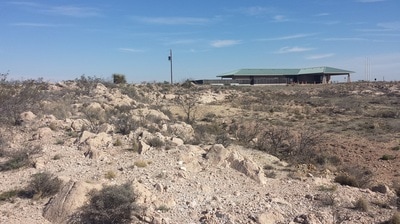








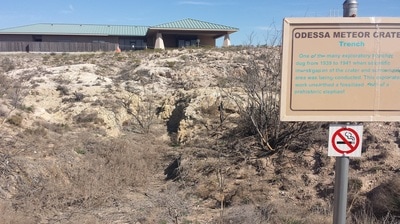



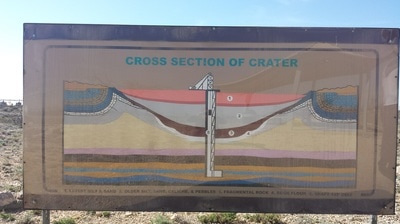
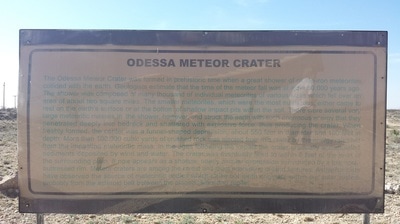
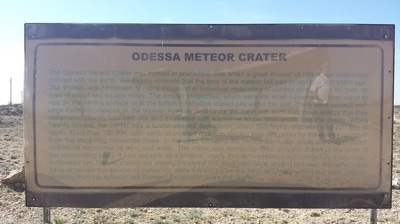






















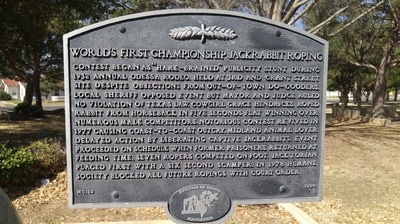

 RSS Feed
RSS Feed